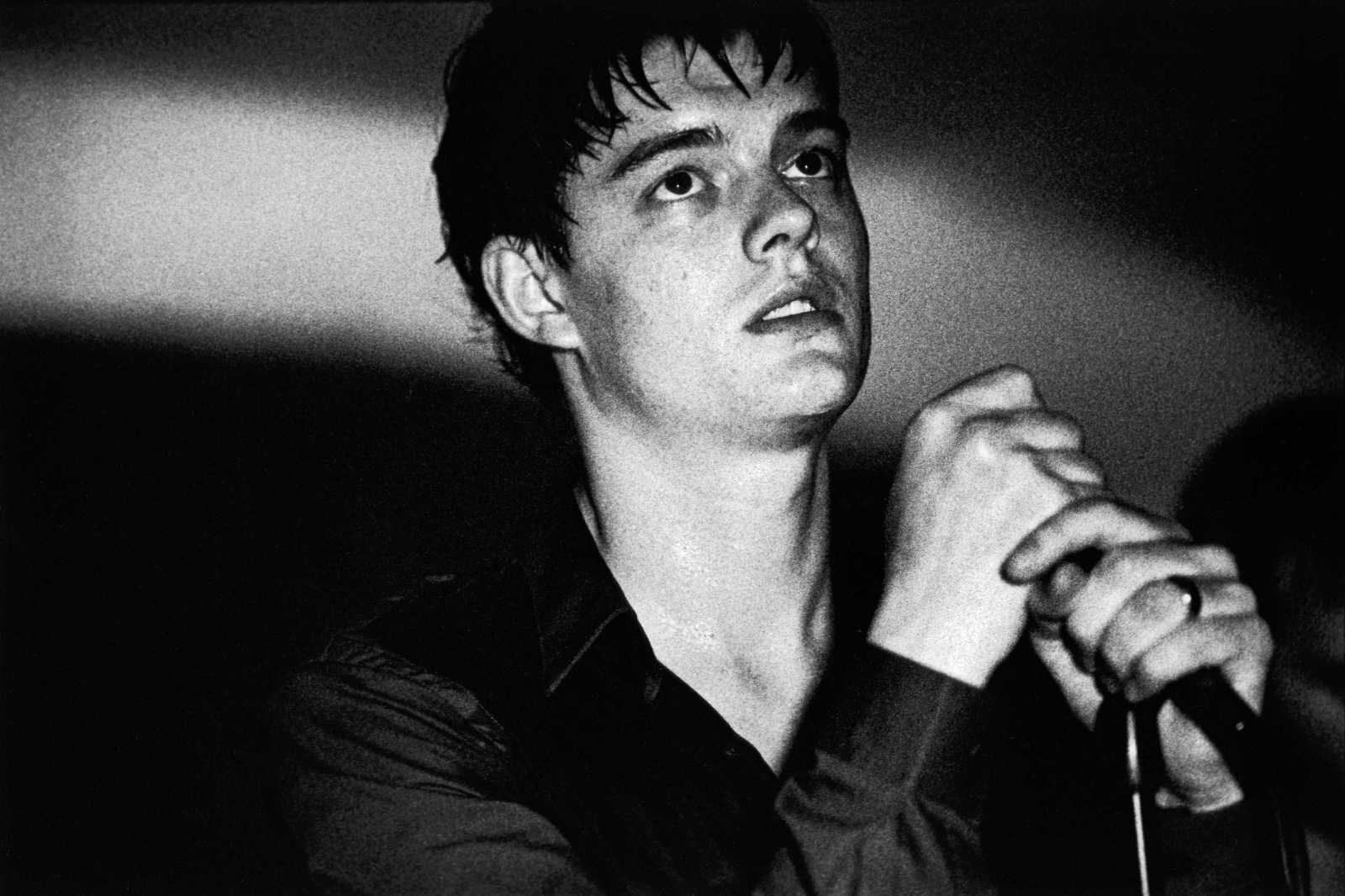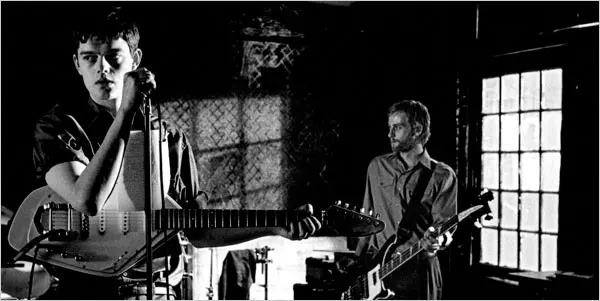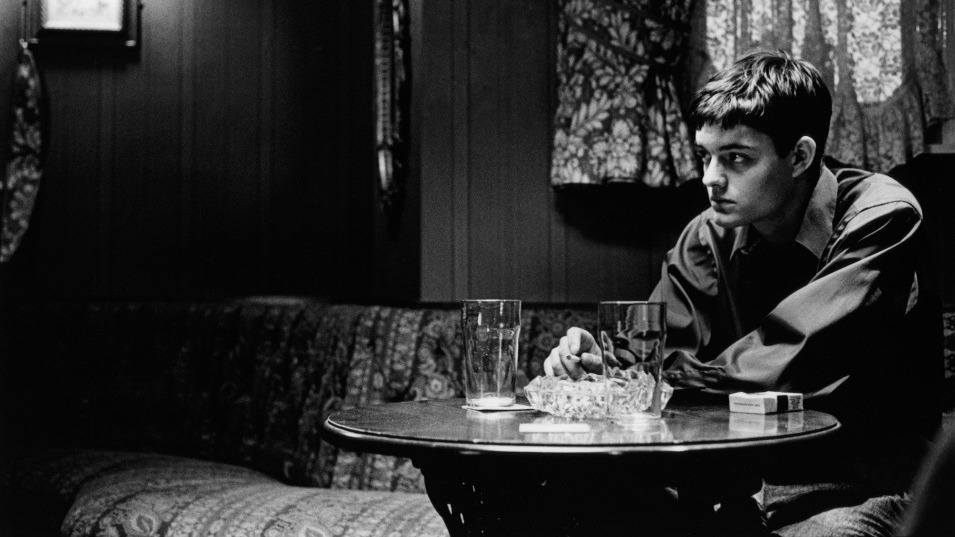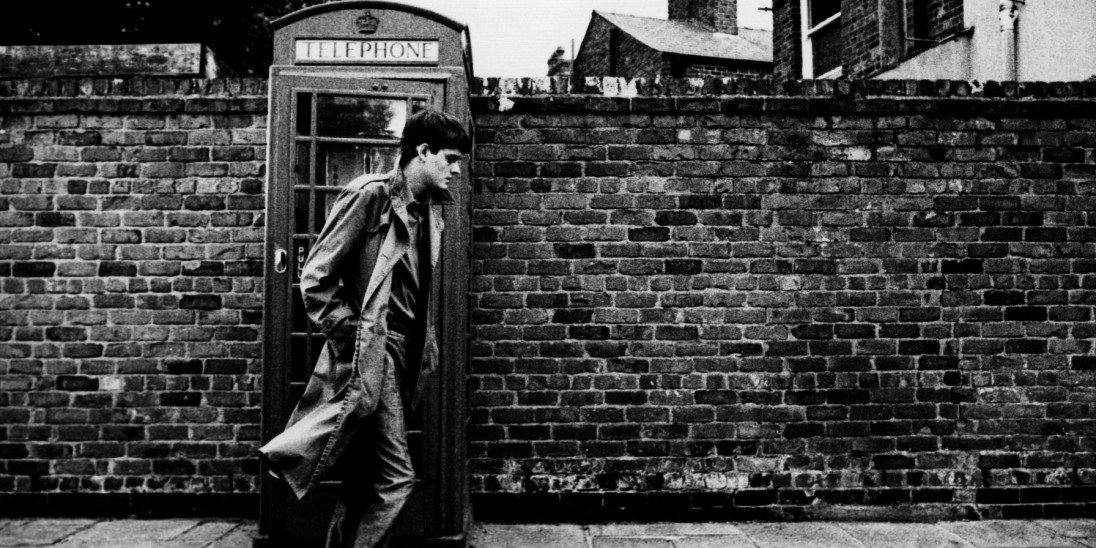Control (2007)

“Control,” released in 2007, is a biographical film that delves into the life and struggles of Ian Curtis, the enigmatic lead singer of the influential post-punk band Joy Division. Directed by Anton Corbijn, who had previously worked with the band as a photographer, the film offers an intimate and haunting portrayal of Curtis’s tumultuous life during the late 1970s, a period marked by both artistic brilliance and personal turmoil. With its evocative cinematography and powerful performances, “Control” serves as a poignant exploration of mental illness, artistic passion, and the tragic circumstances that shaped Curtis’s legacy.
The film opens in the industrial town of Macclesfield, England, where a young Ian Curtis, played by Sam Riley, grapples with his emerging identity as a musician and a man. The portrayal of Curtis as a thoughtful and introspective individual is essential in establishing a connection with the audience. Riley’s performance captures the complexities of Curtis’s character, revealing a young man filled with dreams yet burdened by insecurities and an overwhelming sense of isolation. As he navigates the challenges of adolescence and early adulthood, viewers are drawn into his world, marked by a deep yearning for connection and understanding.
“Control” beautifully depicts the genesis of Joy Division, highlighting the band’s formation and their ascent in the music scene. The film illustrates the dynamic between the band members, showcasing their creative synergy and the passion that drove them to create music that would leave a lasting impact on the post-punk genre. The music is central to the narrative, with haunting renditions of Joy Division’s tracks woven throughout the film. These performances serve to encapsulate the emotional weight of Curtis’s lyrics and the power of the music that resonated with a generation.
A significant aspect of Curtis’s life, which the film explores with sensitivity, is his struggle with epilepsy and the profound impact it had on his personal and professional relationships. The depiction of his seizures is handled with care, providing insight into the physical and psychological toll the condition took on him. This portrayal underscores the theme of vulnerability that permeates Curtis’s life, as he grapples with feelings of inadequacy and the fear of losing control. The film does not shy away from the stigma surrounding mental illness, offering a raw and honest look at the challenges Curtis faced.

In addition to his health struggles, Curtis’s relationships play a crucial role in the narrative. The film presents his tumultuous marriage to Deborah (played by Samantha Morton) and his complicated affair with Annik Honoré (played by Alexandra Maria Lara). These relationships are depicted with emotional depth, illustrating the tension between Curtis’s desire for love and connection and the pressures of fame. The strain on his marriage and the conflicts arising from his dual commitments highlight the often-overlooked personal costs of artistic success. Morton’s performance as Deborah is particularly poignant, capturing the heartache and frustration of a woman who deeply loves her husband yet struggles to understand his pain.

Anton Corbijn’s direction is characterized by a distinct visual style that complements the film’s themes. The cinematography, shot in black and white, evokes a sense of nostalgia and melancholy, perfectly aligning with the somber tone of Curtis’s story. Corbijn’s background as a photographer lends the film a striking aesthetic, with carefully composed shots that emphasize the stark realities of Curtis’s life and the gritty atmosphere of the music scene in the late 1970s. The choice to present the film in monochrome enhances the emotional weight of the narrative, allowing viewers to immerse themselves in the raw, unfiltered experiences of the characters.

As the film progresses, it becomes increasingly clear that Curtis’s struggles are leading him toward a tragic conclusion. The mounting pressure of his career, combined with his mental health challenges and personal conflicts, culminates in a heartbreaking climax. The film’s portrayal of his final moments is both haunting and poignant, serving as a reminder of the fragility of life and the profound impact of mental illness. The emotional resonance of Curtis’s story lingers long after the credits roll, prompting viewers to reflect on the sacrifices often made by artists in pursuit of their passions.

In conclusion, “Control” is a powerful and moving exploration of Ian Curtis’s life and the enduring legacy of Joy Division. Through Sam Riley’s exceptional performance and Anton Corbijn’s evocative direction, the film offers a nuanced portrayal of a man caught between his artistic ambitions and the personal demons that ultimately led to his tragic demise. By delving into themes of mental illness, love, and the struggles of creative expression, “Control” invites audiences to engage with the complexities of the human experience. It stands as a poignant tribute to Ian Curtis, reminding us of the lasting impact of his music and the pain that often accompanies artistic brilliance.











